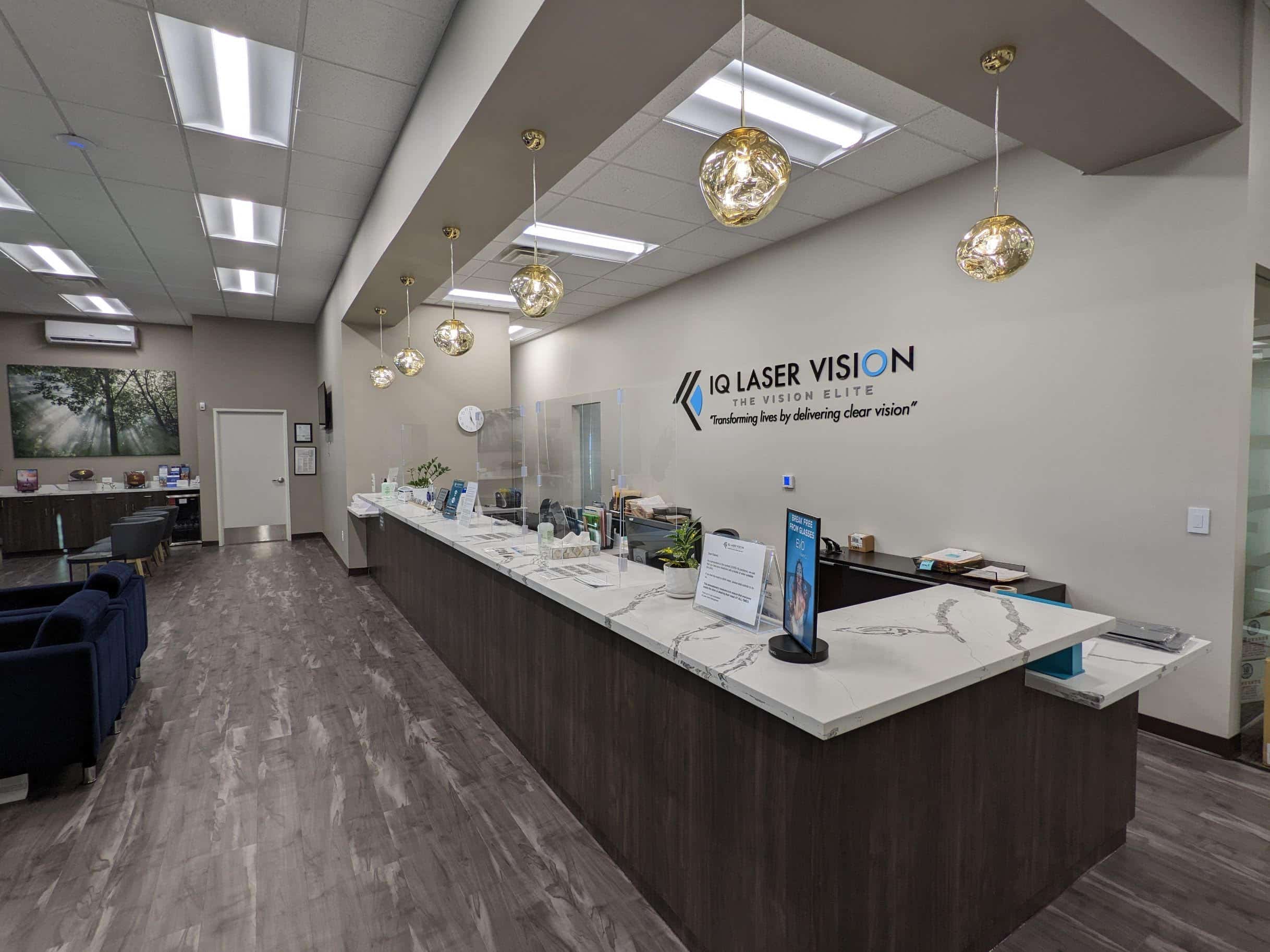Our eyes are some of the most important organs that we rely on every day. We use them to enjoy watching the television or reading a book, to see where we need to go when crossing the road and driving the kids to school, and we use them when we go to the shops to look for groceries and other items.
Without glasses and contact lenses, so many of us wouldn’t be able to go about our daily lives. Eye care has come a long way, from basic glasses to laser surgery, and now, in 2025, we’re benefiting from new advancements in vision technologies.
Let’s take a look at some of the most exciting trends and innovations in eye care and surgery that are emerging and helping people see the world around them in different ways.

The Power of AI in Eye Care
Artificial intelligence (AI) is transforming the ways that opticians and eye surgeons diagnose conditions and care for our eyes. AI systems can now analyze eye scans faster and, in many cases, more accurately than trained humans. This means diseases like glaucoma, diabetic retinopathy, and macular degeneration can be detected earlier, giving patients a much better chance of maintaining their vision throughout their lives.
Smart Eyewear: Glasses & Contact Lenses
Smart glasses are game-changers and are available with a host of features.
Hands-Free Access to Information
View your messages and any notifications discreetly without using your phone. They are ideal for wearing on the go or when you’re at work.
Augmented Reality (AR)
They can project directions, translations, or object recognition right into your line of sight.
Voice Control and Smart Assistants
You can use your voice to ask assistants like Siri, Google Assistant, or Alexa for information or reminders or to control your smart devices from wherever you are.
Built-In Camera and Video Recording
You can capture photos and videos from your perspective. They are very useful for content creation or conference calls with your boss or clients.
Fitness and Health Tracking
Some models include sensors to monitor steps, posture, and even eye movement. Future designs aim to support health-tracking features like blood pressure and sugar levels.
Navigation Assistance
Provides real-time navigation while walking, cycling, or driving, to reduce the need for having to glance at an external screen.
Assistive Features for Low Vision
Designed to support users with visual impairments through features like object recognition, text-to-speech, and magnification.
AI smart contact lenses are also changing lives for millions of people across the globe. Here’s how:
- Real-Time Health Monitoring: They come with discreet sensors that can track your pulse as well as glucose and hydration levels.
- Augmented Reality Capabilities: Potential to display directional information, messages, and updates discreetly so you won’t need an external screen.
- Continuous Vision Correction: They can make it easier for you to see and may even make your vision better than basic contact lenses.
- Enhanced Sports and Performance Tracking: Athletes may use them to monitor real-time performance metrics such as speed, stamina, or biometrics, without interrupting their training.
- Support for Low Vision and Eye Disorders: Could help people with certain visual impairments by magnifying objects or reading text aloud via another device paired over a Bluetooth connection.
Gene Therapy for Eye Diseases
Gene therapy involves changing or replacing faulty genes that cause inherited eye diseases. For example, some types of poor or completely lost vision are caused by a single mutated gene passed down in families. Scientists are now developing treatments that can actually repair or replace these genes with healthier ones.
Some patients who were once completely blind are now regaining partial vision after gene therapy. While it is still early days, gene therapy offers hope for people with conditions that were once considered untreatable or irreversible.
AI is helping to improve gene therapy techniques and treatments in the following ways:
- Faster and More Accurate Diagnosis: AI tools can quickly scan genetic data and images of the retina to identify the exact cause of someone’s eye condition. This saves doctors time and helps them prescribe the right treatment.
- Personalized Treatment Plans: AI can help doctors and opticians to develop strategies that are likely to increase the chances of success based on a patient’s unique DNA.
- Predicting Treatment Outcomes: AI models can simulate how a patient’s eye might respond to a particular gene therapy, helping doctors make better decisions before treatment even begins.
As you can see, AI is helping to make gene therapy safer, more accessible, and more successful for people who didn’t used to have a hope of regaining their eyesight.
Advanced & Robotic-Assisted Eye Surgery
Surgeons are also making the most of advanced high-resolution imaging and real-time 3D visuals that help them to see exactly what they’re doing in detail.
Augmented & Virtual Reality in Ophthalmology
Augmented reality can help surgeons during operations by overlaying important information directly onto their field of vision. For example, a surgeon might see a 3D image of a patient’s eye on top of their actual eye to help guide the procedure with exact accuracy.
Virtual reality (VR), on the other hand, is being used to train the next generation of eye doctors and surgeons. Instead of practicing on real patients straight away, medical students can now use VR to simulate surgeries and learn techniques in a safe, controlled environment. This is also safer for patients, who’ll be at a lower risk of postoperative problems if something were to go wrong during the procedure.
With AI helping to diagnose problems quicker and more accurately, gene therapy helping patients regain the vision they lost, augmented reality helping guide surgeons during procedures, and VR helping to train student doctors, we’re heading into an era where blindness and poor vision will become less common, and surgeries will be a lot safer.
Want to find out more? Talk to us for more information on our diagnostic and eye treatment services.























